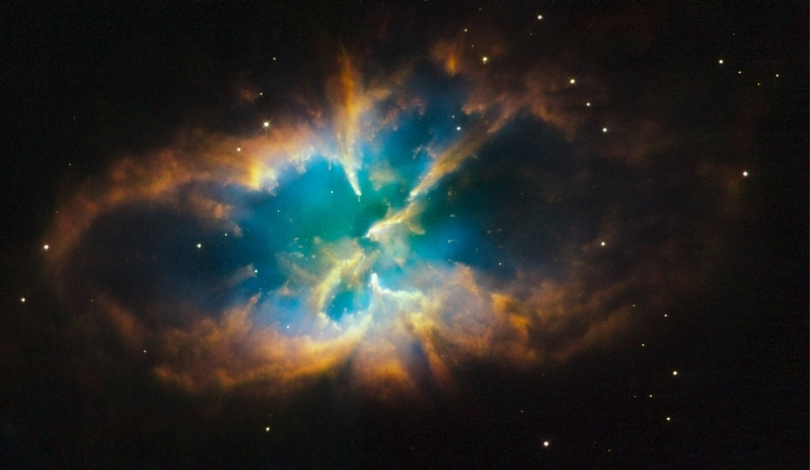Vega, a prominent star in the constellation Lyra and part of the Summer Triangle, has been under intense observation following the detection of a substantial ring of rocky debris in 2013. This discovery sparked hopes of uncovering potential planets within the system. As technology advances, astronomers continue to explore Vega’s surroundings, aiming to unveil the secrets hidden within its debris field.
Previous investigations into Vega’s debris ring suggested similarities to our Solar System‘s Kuiper Belt, pointing towards possible remnants of planetary formation. However, recent data from the James Webb Space Telescope (JWST) has provided new insights that challenge these earlier notions. Unlike ground-based searches, JWST’s advanced instruments offer unprecedented sensitivity in the hunt for exoplanets.
Did JWST’s Enhanced Sensitivity Reveal New Discoveries?
The James Webb Space Telescope, launched in December 2021 through a collaboration between NASA, ESA, and CSA, employed its NIRCam and MIRI instruments to scan Vega. The increased sensitivity, ten times greater than previous searches, allowed detailed examination of the debris ring. Despite this, no planetary bodies were detected, indicating that Vega may not host planets as previously speculated.
How Did Astronomers Utilize NIRCam and MIRI?
Astronomers leveraged NIRCam’s coronagraphic capabilities alongside MIRI’s mid-infrared observations to analyze Vega’s debris. This combination enabled the identification of three potential sources within the debris field. However, further analysis did not confirm these sources as planets, as their masses and temperatures did not align with expected planetary characteristics around Vega.
What Are the Implications for Future Vega Studies?
The absence of detected planets around Vega necessitates continued observation with JWST and other upcoming telescopes. Future missions might employ more refined techniques or longer observation periods to identify smaller or more distant planets that current instruments may overlook. Understanding Vega’s system remains a priority for astronomers seeking to comprehend planetary formation processes.
“The debris field around Vega does not exhibit disturbances typically caused by planetary bodies,”
commented Charles Beichman of NASA’s Exoplanet Science Institute. This finding underscores the complexity of planetary systems and the challenges in detecting exoplanets even with advanced technology.
Despite the current lack of evidence for planets around Vega, the star remains an object of interest. Ongoing and future studies will continue to shed light on its debris ring and potential for hosting planetary bodies, contributing to our broader understanding of stellar and planetary evolution.










